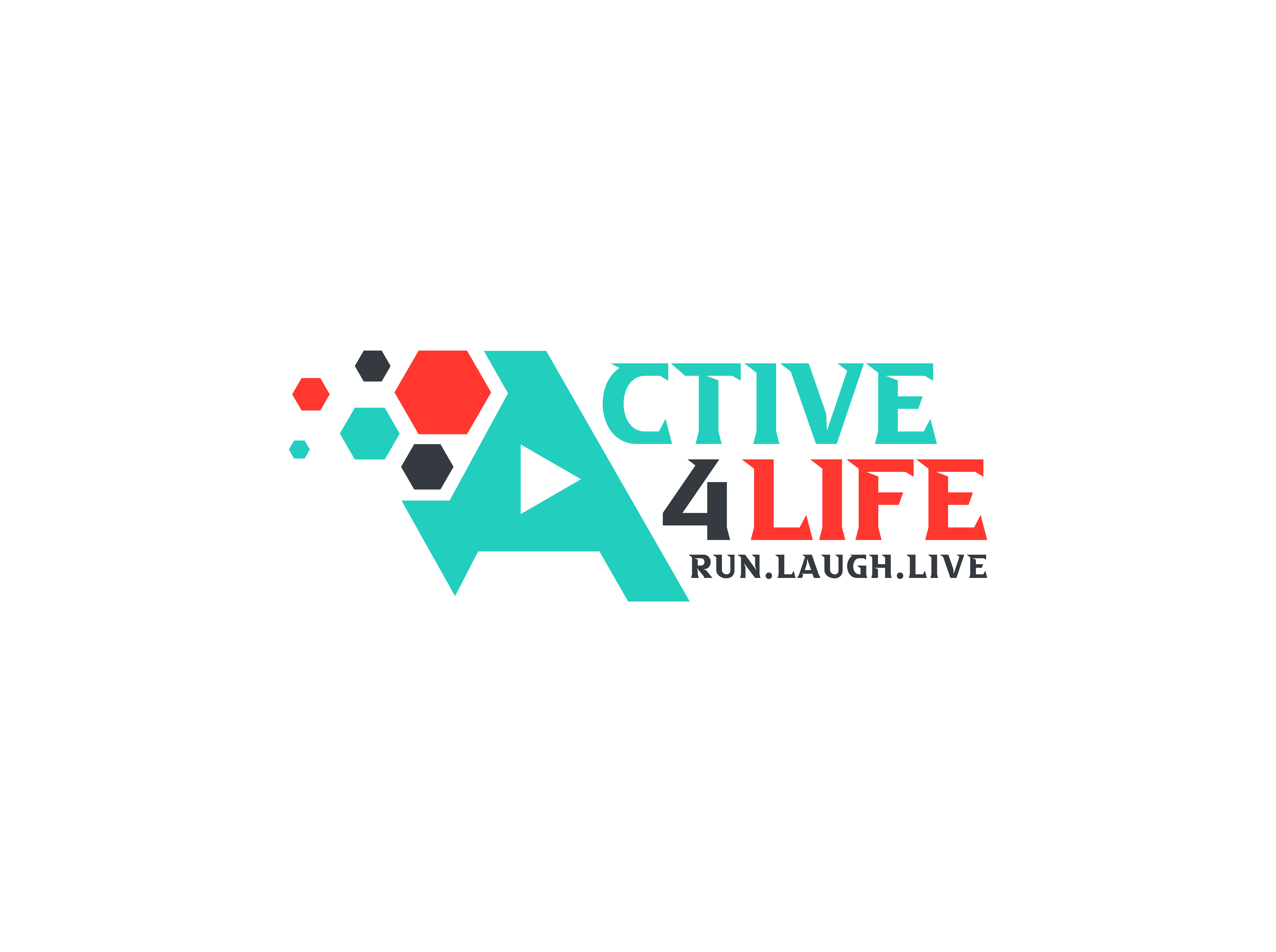When it comes to ultra-marathons, pacing strategy is critically important—but also very challenging, since we don’t run those full distances in training. Add in the varying elevation of the Totalsports Two Oceans Ultra Marathon, and it becomes even more essential to be strategic about how you distribute your effort over the 56 kilometers of this tough yet beautiful course. Below, I’ve provided a pacing guide in terms of time. However, don’t treat it as a strict rule—rather, use it as a tool to help manage your effort, as I explain in point 3.
It’s important to set a realistic target. If you’re a novice, I recommend being even more conservative and starting with a slightly slower goal. It’s much easier to adjust "up" and pick up the pace in the later stages of the race if you’re feeling strong, than it is to try and hang on after going out too hard and crashing—physically and, more importantly, mentally. The amount by which you can increase your pace in the final kilometers after a controlled start will often lead to a much better finishing time than the classic "sprint and burn" approach. Plus, you’ll enjoy the race a whole lot more! So, leave the ego at the start line and set yourself up for success.
So how do you calculate a realistic finishing time?
- Take your most recent marathon time or get someone to help you estimate what you currently could run a marathon in and then multiply that time by 1.42.
- Very experienced endurance monsters can use marathon time x 1.38.
- For novices I suggest marathon time x 1.437.
I always like to calculate all 3 to give me a bit of an A, B and C goal range.
2. Calculate your pace for the first half
The first half of the race is the most critical. I like to call it "The Setup." Running the first half intelligently will set you up for a strong, confident finish. While the nature of the Two Oceans route does allow for a slightly faster first half, the key word is slightly. If you overextend early because you're worried about slowing down on the hills later, you'll likely start the second half already fatigued—with 28 tough kilometers still ahead. The time you lose by fading in the second half will be far greater than any seconds you might save by pushing too hard early. By conserving energy, you'll be able to run the hills with strength and maintain a solid effort to the end.
In fact, it is very possible to negative split on Two Oceans if you manage your effort wisely!
Use this calculation: Aim to run 7-10 seconds per kilometer faster than average goal pace in the first half. That is you will go through halfway 3 - 5 minutes faster than half.
E.g. For a 6 hour Two Oceans that would be a 2:55-2:57 // 3:03-3:05 split. (First half // second half)
Apply caution on the downhill sections, especially early on, but also descending into Hout Bay, you shouldn't be going more than around 15 seconds per kilometer faster than average goal pace.
The big variations in the elevation profile—combined with the deceptively tricky first half—mean you need to pace yourself based on effort rather than rigidly chasing split times. Any pace targets you calculate should serve as a general guide to help you avoid going too hard early on, when you’re still fresh and effort can feel easier than it actually is. Monitoring your kilometer splits can also help you stay patient on the downhills, where it’s tempting to let loose too soon—especially when descending into Hout Bay.
Don’t fall into the trap of pushing the pace early to "bank time" before the climbs. The problem with this approach is that it leads to excessive effort, drains your energy, and leaves you fatigued long before the finish. In other words, you shift from running strong to simply surviving. Instead, aim to keep your effort controlled in the early stages and gradually increase it as the race progresses, so you can run the tougher final sections feeling strong and in control, high fiving the crowds all the way along the M3 highway to UCT.
To summarize:
Remember, ultra-marathon success isn’t about how fast you can run the first half—it’s about how well you can hold your effort together over the entire distance. By pacing yourself wisely, managing your effort, and staying patient early on, you’ll set yourself up for a far more enjoyable and successful race. Trust your training, respect the distance, and most importantly, smile - because running is a beautiful gift.
Wishing you all the best in conquering the current!
Coach Kathleen
Coach Kathleen is a 10 times Two Oceans Ultra Marathon Finisher with a best time of 4 hours 24 minutes and a two times Two Oceans Half Marathon gold medalist.


